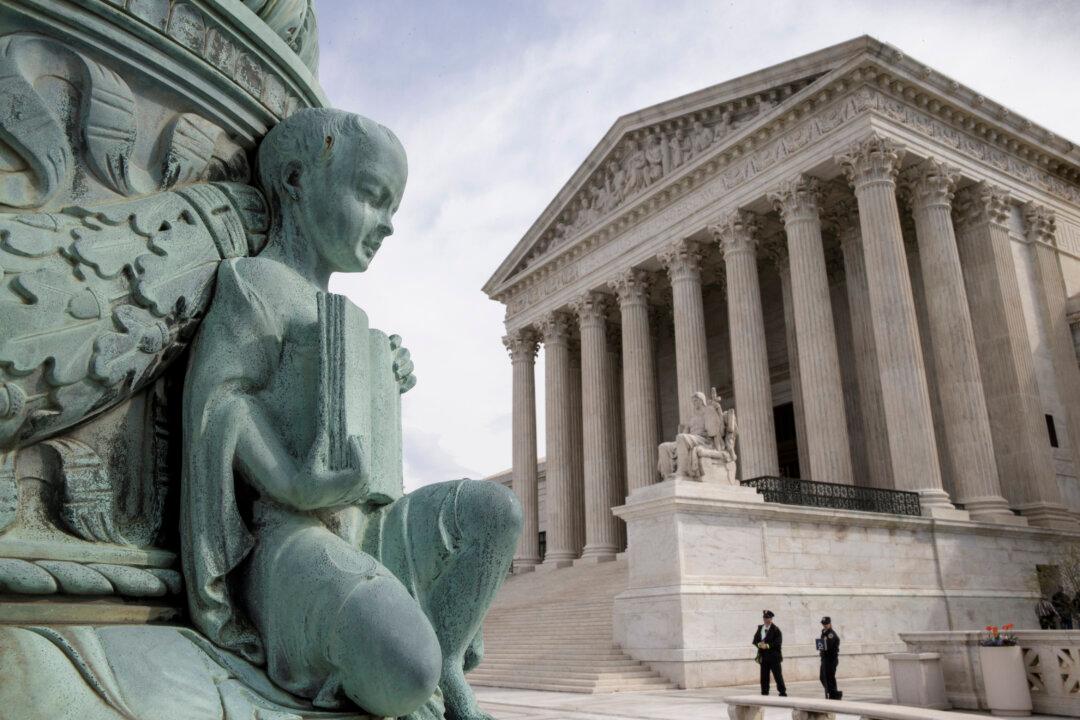WASHINGTON—The Supreme Court unanimously endorsed election maps that bolster the growing political influence of America’s Latinos on Monday, ruling that states can count everyone, not just eligible voters, in drawing voting districts.
The decision rejected a challenge from Texas voters that also could have diluted the voting power of urban Democrats, to the benefit of rural Republicans.
The case offered a test of the principle of “one person, one vote,” the requirement laid out by the Supreme Court in 1964 that political districts be roughly equal in population. The issue here, though, was what population to consider: everyone or just eligible voters.

The Latino Festival in Middletown on June 14, 2015. Holly Kellum/Epoch Times





